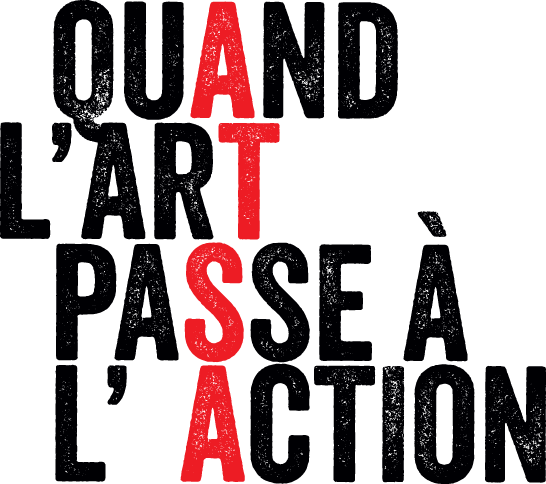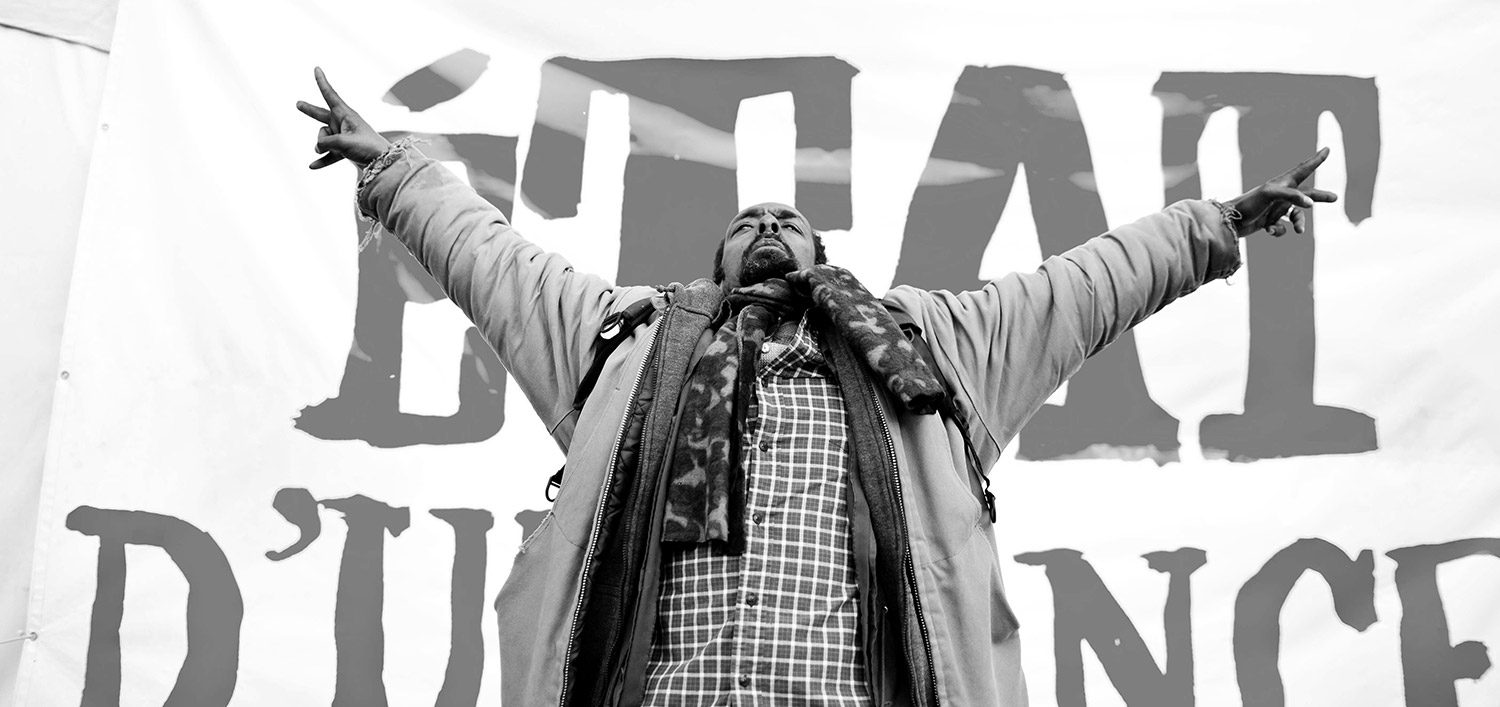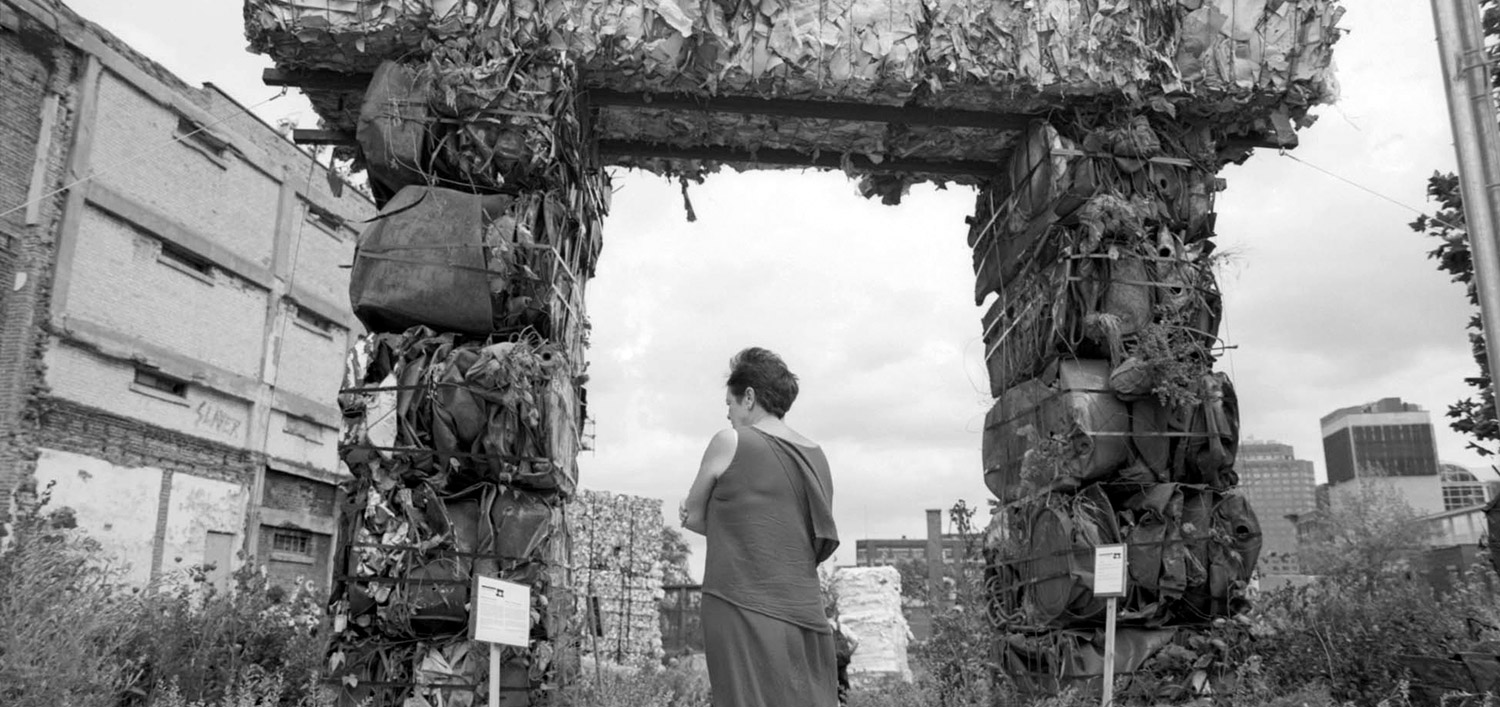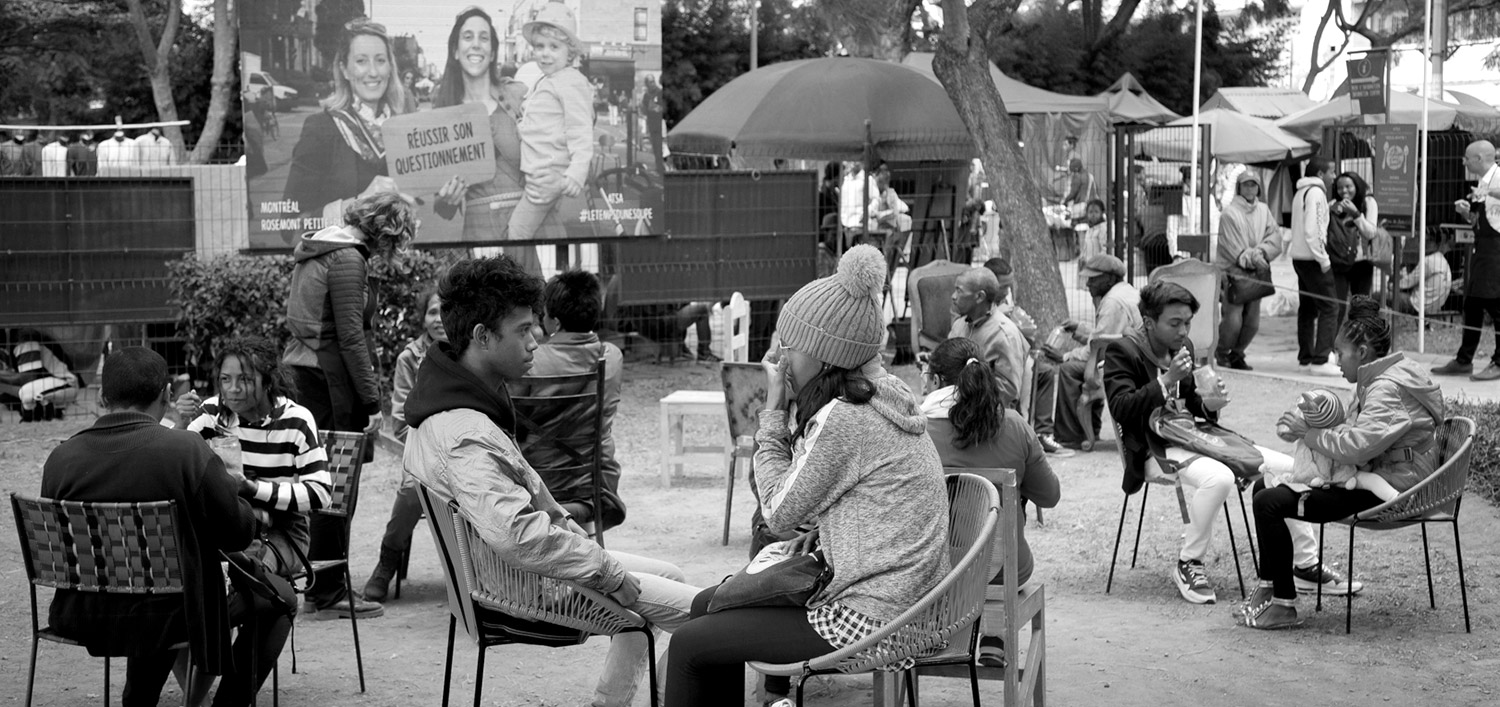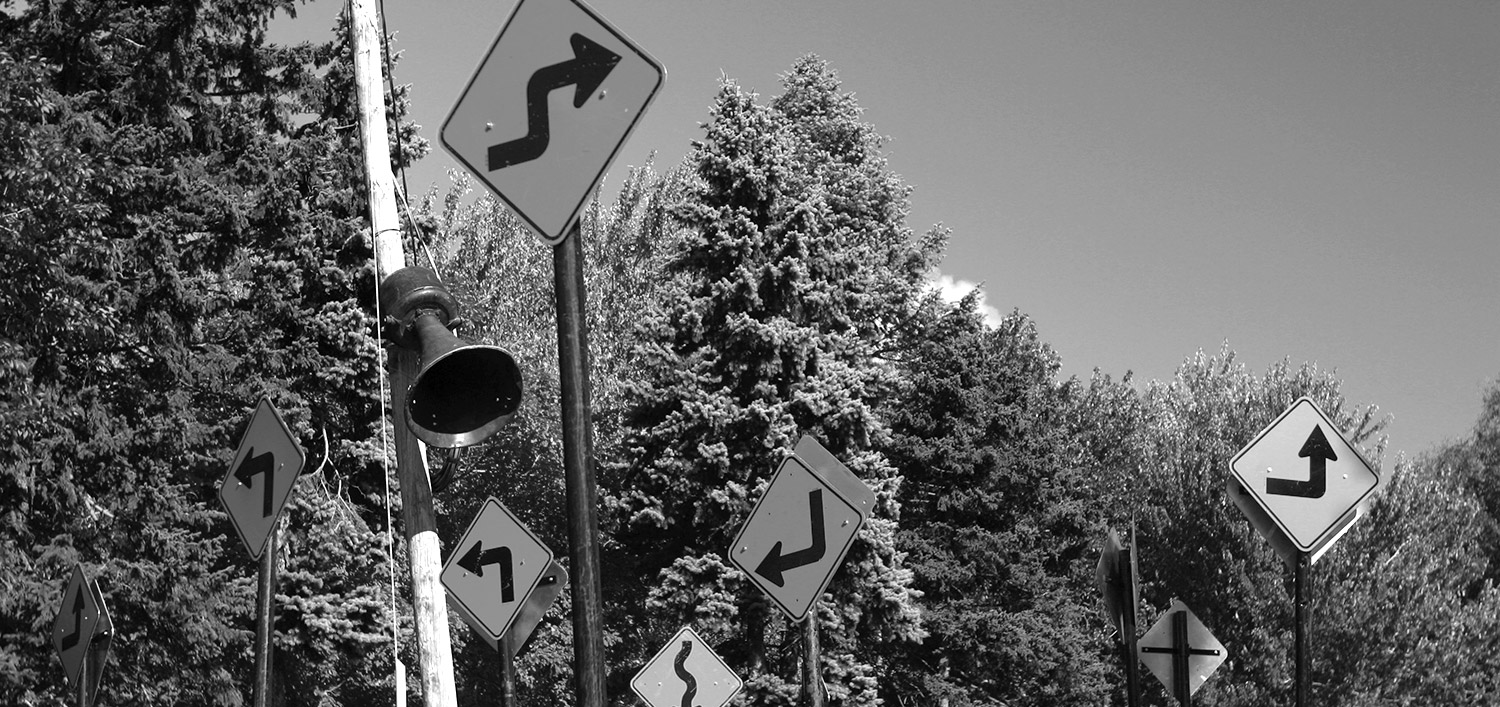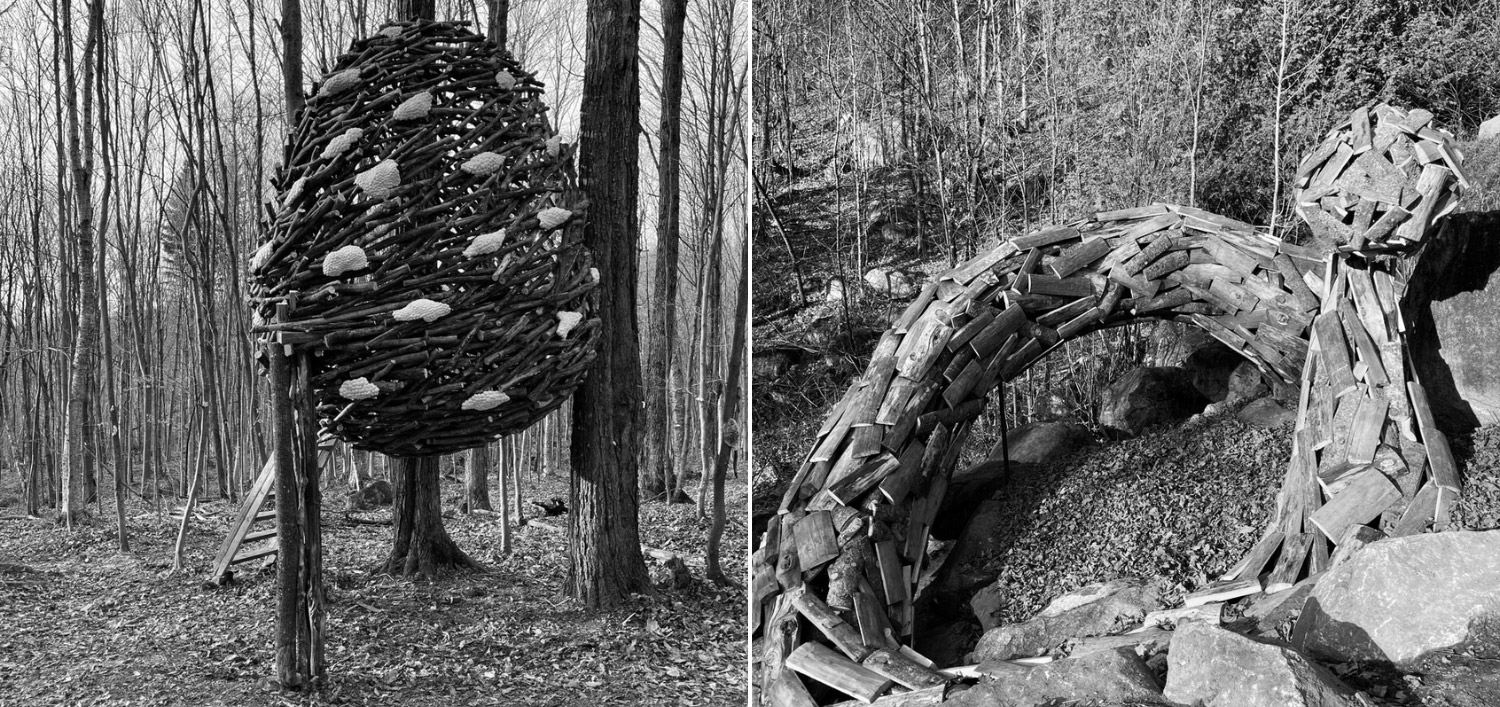mission and approach | history
ATSA is a not-for-profit organization founded in 1998 by artists Pierre Allard and Annie Roy. The pair create transdisciplinary works and events for the public realm that take the form of interventions, installations, performance art and realistic stagings. Their actions are born of a desire to raise public awareness of various social, environmental and heritage issues that are crucial and that need to be addressed. To sway both the public and the media—in short, to motivate as many citizens as possible to take an active role in improving society—ATSA marshals artistic quality, a playful, imaginative outlook, impactful media exposure, and key messages backed by sound, thorough research.
ATSA’s approach is to ensure that the aesthetic and symbolic statements of its art also serve as tools for interaction and education. Its artistic creations—always provided free of charge and designed to draw people closer together—are one-of-a-kind experiences from both a sensorial and a humanistic standpoint. They are educational and intergenerational, and question the urban landscape, promoting exchange and reflection in the public realm.
ATSA is a creative, pacifist and responsible movement committed to producing and promoting events which help advance the causes of sustainable development and the fundamental rights of man and of nature.
ATSA received the Prix du maire de Montréal en démocratie 2013, the 2011 Giverny Capital prize, the 2010 Pratt & Whitney Canada Nature de l’Art Prize awarded by the Conseil des arts de Montréal, the Citoyen de la Culture 2008 award handed out by Les Arts et la Ville, and the Artistes pour la Paix 2008 award.
ATSA is also proud to have been the spokesperson of 5ème Sommet citoyen de Montréal (2009), 22ème Exposition inter-collégiale d’arts plastiques du Réseau Inter-collégial des Activités Socioculturelle du Québec (RIASQ 2010), of Journées Québécoises de la Solidarité Internationale (2011). ATSA is a member of the board of RAIQ.
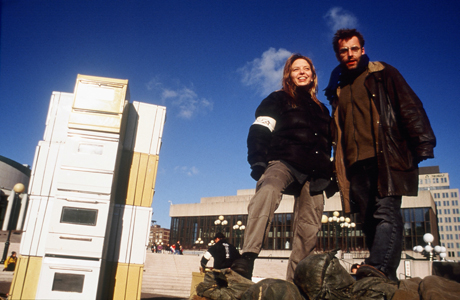
© Hayeur
history
THE STORY BEHIND THE NAME
ATSA’s track record includes more than 40 works. It first came under the spotlights with the installation La banque à bas (The Sock Bank, 1997), in front of the Contemporary Art Museum in Montreal around the subject of inequity, which was followed by État d’Urgence (State of Emergency, 1998–2010), a bona fide refugee camp for the homeless, whose baton has since been taken up by Fin Novembre (2011–2014). A touring exhibition titled 10 ans d’Urgence based on this serie has been shown in 8 cultural houses in Montreal and seven Canadian cities between 2010 and 2014. In October 2015, they created Le Temps d’une Soupe, an intervention aestheticising the encounter between two strangers around the question of the vivre-ensemble wich they will tour in the coming years.
They are looking forward to their 20th anniversary in 2017!
Spring 2015 involved them on the Élan Global Manifesto against oil development, and create Et tout devient possible ! a serialized intervention 20 localities all over Québec burned at the same time on June 19 2015. In 2014, ATSA stretched creatively by transforming a theatre into a spa for its Se mettre dans l’eau chaude (Getting into Hot Water) installation, which questioned our relationship to comfort; and with its Tumentia Quisquiliae Magdalene project in Québec's remote Magdalen Islands, a consideration of waste management on an island or archipelago. Other works include Pigeon’s Club (2011), which offered a critique of happiness-by-the-numbers to a Vancouver audience; Bubblegum Cannonballs (2009), an installation commissioned by Havana’s Biennial of Contemporary Art, dealt with the theme of rampant consumerism; Parc industriel (Industrial Park, 2001), a mock archaelogical dig made of garbage also reflected on our consumer society; Attention: Zone Épineuse (2002) dealt with the fragility of ecosystems; Les Murs du Feu (Walls of Fire, 2002), an “incendiary” evening and walking tour of Montreal’s past blazes; Attentat and Attentat #10 (2003–2007), a series of installations about our addiction to fossil fuels which has toured throughout Québec, Ontario and the Western provinces; FRAG (2004), a permanent, in-situ trail with audio and pictoral content relating the history of Montreal’s Saint-Laurent Boulevard; and Squat Polaire (2007–2009), a travelling installation on climate change. CHANGE (2008), an intervention on marketing and a retrospective of ATSA’s first 10 years, saw the establishment of a pop-up store witch made them start a production of objects from their interventions. The “store” oppened in 6 cities in Canada between 2009 to 2012.
more details
» CONFeRENCES & WorkshopS
» QUAND L’ART PASSE À L’ACTION – ATSA's MONOGRAPH
» L’ART EN ACTION – FILM by MAGNUS ISACSSON and SIMON BUJOLD
